Comparison of military expenditures, distribution of vital strategic raw materials, oil and fuel production in World War II.
Warmaking potential, value of the arms’ production, Military Arms Production Index of Germany, global distribution of production of vital strategic raw materials, crude oil production.
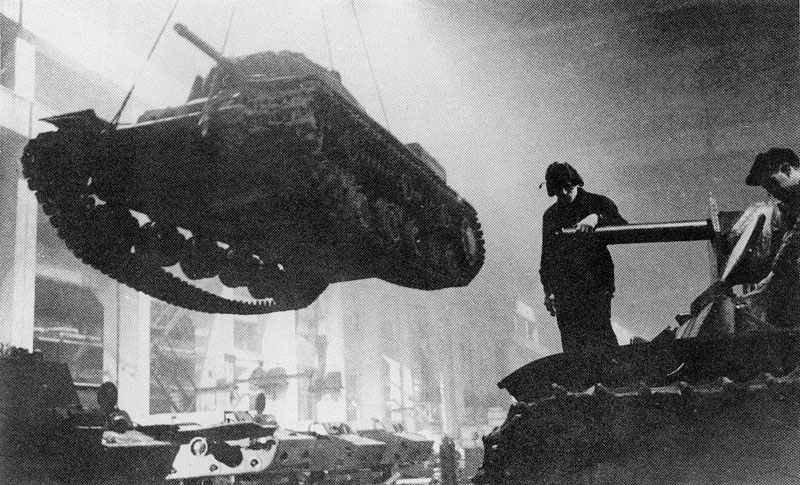
Overview about the relative comparison of the military production and wartime expenditures of the Axis and Allies in World War II.
Comparison of Military Expenditures
Table of Contents
Warmaking potential in 1937
Country | % of total warmaking potential |
|---|---|
U.S.A. | 41.7 % |
Germany (without Austria and Czech protectorate) | 14.4 % |
Soviet Union (Russia) | 14.0 % |
United Kingdom | 10.2 % |
France | 4.2 % |
Japan | 3.5 % |
Italy | 2.5 % |
Total of the seven world powers | 90.5 % |
Wartime expenditures during the Second World War 1939-1945
Country | Billion U.S. dollars (for prices in 1946: $1 = c.£0.25 = c.RM 2.22) |
|---|---|
U.S.A. | $ 341.491 |
Germany | $ 270.000 |
Soviet Union (Russia) | $ 192.000 |
China | c.$ 190.000 (estimate for 1937-1945) |
United Kingdom | $ 120.000 |
Canada | $ 15.680 |
Italy | $ 94.000 |
Japan | $ 56.000 |
France | $ 15.000 |
Belgium | $ 3.250 |
Poland | $ 1.550 |
Netherlands | $ 0.925 |
Latin American countries (total) | $ 1.000 |
Greece | over $ 0.220 |
Yugoslavia | over $ 0.200 |
Price value of the arms production in 1940 and 1941 in Billion U.S. dollars
for prices in 1944: $1 = c.£0.21 = c.RM 2.22):
Country | 1940 | 1941 |
|---|---|---|
Germany | $ 6.0 | $ 6.0 |
Soviet Union (Russia) | $ 5.0 | $ 8.5 |
United Kingdom | $ 3.5 | $ 4.5 |
U.S.A. | $ 1.5 | $ 4.5 |
Japan | $ 1.0 | $ 2.0 |
Military Arms Production Index of Germany
Time | Index |
|---|---|
January and February 1942 | 100 |
at the end of 1942 | 181 |
October 1943 | 242 |
July 1944 | 322 |
January 1945 | 227 |
Value and index of military arms production in Germany from July 1944 to March 1945
Month | Value in Billion RM (Reichsmark; 1 RM = about $ 0.45) | Index |
|---|---|---|
July 1944 | RM 2.99 | 322 |
August 1944 | RM 2.76 | 297 |
September 1944 | RM 2.80 | 301 |
October 1944 | RM 2.54 | 273 |
November 1944 | RM 2.49 | 268 |
December 1944 | RM 2.45 | 263 |
January 1945 | RM 2.11 | 227 |
February 1945 | RM 1.52 | 175 |
March 1945 | RM 1.34 | 145 |
Strategic raw materials
As well, the motorized warfare with air support and naval power is not possible without adequate fuel supplies.
Global distribution of production of vital strategic raw materials (in per cent for 1937) Part I(A)
Region | Coal | Iron ore | Copper ore | Lead ore | Tin ore | Zinc ore | Nickel ore | Bauxite | Manganese ore | Tungsten ore |
|---|---|---|---|---|---|---|---|---|---|---|
Total world production (in millon metric tons) | 1,247.4 | 98.0 | 2.3 | 1.7 | 0.2 | 1.9 | 1.1 | 4.0 | 3.0 | 0.2 |
U.S.A | 34.2 | 38.0 | 32.4 | 24.7 | - | 30.6 | 0.2 | 10.7 | 0.7 | 8.8 |
USSR | 9.3 | 14.3 | 4.0 | 3.3 | - | 3.8 | 1.8 | 6.2 | 40.5 | ? |
UK | 18.6 | 4.4 | - | 1.6 | 1.3 | 0.4 | - | - | - | 0.4 |
Canada | - | - | 10.2 | 10.9 | - | 9.1 | 89.5 | - | - | - |
Australia | - | - | - | 14.7 | - | 11.1 | - | - | - | - |
- | - | - | - | - | - | - | - | 17.9 | - |
|
- | - | - | - | 27.8 | - | - | - | - | - |
|
Burma | - | - | - | - | - | - | - | - | - | 15.3" |
South Africa | - | - | - | - | - | - | - | - | 9.0 | - |
Rhodesia | - | - | 10.6 | - | - | - | - | - | - | - |
British Guiana | - | - | - | - | - | - | - | 9.1 | - | - |
Cyprus | - | - | - | - | - | - | - | - | - | - |
South Pacific | - | - | - | - | - | - | - | - | - | - |
Iran & Iraq (British occupied) | - | - | - | - | - | - | - | - | - | - |
Rest of British Empire | 5.0 | 5.9 | 4.0 | 7.9 | 11.3 | 7.7 | 1.1 | 0.9 | 9.7 | 7.1" |
British Empire Total | 23.6 | 10.3 | 24.8 | 35.1 | 40.4 | 28.3 | 90.6 | 10.0 | 36.6 | 22.8 |
Global distribution of production of vital strategic raw materials (in per cent for 1937) Part I(B)
Region | Coal | Iron ore | Copper ore | Lead ore | Tin ore | Zinc ore | Nickel ore | Bauxite | Manganese ore | Tungsten ore |
|---|---|---|---|---|---|---|---|---|---|---|
France | 3.4 | 11.7 | - | 0.3 | - | - | - | 17.2 | 0.1 | - |
Morocco, Tunisia | - | - | - | - | - | - | - | - | - | - |
Indochina | - | - | - | - | - | - | - | - | - | - |
New Caledonia | - | - | - | - | - | - | 4.3 | - | - | - |
Rest of French Empire | 0.2 | 1.8 | - | 2.0 | 1.1 | 0.9 | 0.1 | 0.2 | 0.3 | 1.8" |
French Empire Total | 3.6 | 13.5 | - | 2.3 | 1.1 | 0.9 | 4.4 | 17.4 | 0.4 | 1.8 |
Netherlands | 1.1 | - | - | - | - | - | - | - | - | - |
Dutch East Indies | 0.1 | - | - | - | 17.5 | - | - | 14.8 | 0.2 | - |
Italy | 0.1 | 0.5 | - | 2.0 | - | 4.3 | - | 9.6 | 0.4 | - |
Greater Germany (incl. Austria and Czech Protectorate) | 15.3 | 4.1 | 1.3 | 5.4 | 0.1 | 9.4 | - | 2.3 | 8.4 | - |
0.1 | 0.7 | 0.9 | - | - | 0.5 | 0.8 | - | - | - |
|
Sweden | - | 9.3 | 0.3 | 0.5 | - | 1.9 | - | - | 0.1 | 0.4 |
Hungary | 0.1 | 0.1 | - | - | - | - | - | 13.3 | 0.3 | - |
Yugoslavia | - | 0.3 | 1.7 | 4.2 | - | 2.6 | - | 8.9 | 0.1 | - |
Rumania | - | 0.1 | - | 0.5 | - | 0.4 | - | 0.3 | 0.6 | - |
Greece | - | 0.1 | - | 0.4 | - | 0.5 | 0.9 | 3.4 | 0.2 | - |
Turkey | 0.2 | - | - | 0.4 | - | 0.6 | - | - | - | - |
Japan (incl. Korea, Kwantung, Manchuko and Pacific Mandates) | 4.9 | 2.2 | 4.0 | 0.9 | 1.4 | 1.1 | - | - | 1.1 | 5.3" |
China | 1.1 | 0.2 | - | 0.2 | 5.7 | 0.2 | - | - | 0.8 | 0.6" |
Latin America | 0.3 | 1.4 | 21.8 | 16.4 | 17.8 | 10.2 | 0.1 | 0.2 | 6.0 | 7.6 |
Global distribution of production of vital strategic raw materials (in per cent for 1937) Part II(A)
Region | Chrome ore | Molybdenum | Sulphur | Pyrites | Phosphates | Potash | Magnesite | Rubber | Oil |
|---|---|---|---|---|---|---|---|---|---|
Total world production (in millon metric tons) | 0,6 | 0,016 | 3,4 | 10,6 | 14,5 | 3,2 | 1,8 | 0,92 | 272,0 |
U.S.A | 0.2 | 92.5 | 81.9 | 5.6 | 29.8 | 8.1 | 10.6 | 0.1 | 60.4 |
USSR | 15.3 | - | - | 5.8 | 24.5 | 7.3 | 27.2 | - | 10.6" |
UK | - | - | - | - | - | - | - | - | - |
Canada | - | - | - | - | - | - | - | - | - |
Australia | - | - | - | - | - | - | 3.1 | - | - |
India | - | - | - | - | - | - | - | - | - |
Malaya | - | - | - | - | - | - | - | 41.2 | - |
Burma | - | - | - | - | - | - | - | - | - |
South Africa | 12.8 | - | - | - | - | - | - | - | - |
Rhodesia | 22.9 | - | - | - | - | - | - | - | - |
British Guiana | - | - | - | - | - | - | - | - | - |
Cyprus | - | - | - | 7.3 | - | - | - | - | - |
South Pacific | - | - | - | - | 8.7 | - | - | - | - |
Iran and Iraq (British occupied) | - | - | - | - | - | - | - | - | 5.4 |
Rest of British Empire | 5.5 | 0.2 | - | 1.9 | - | 0.6 | 2.9 | 11.0 | 2.0" |
British Empire Total | 41.2 | 0.2 | - | 9.2 | 8.7 | 0.6 | 6.0 | 52.2 | 7.4 |
Global distribution of production of vital strategic raw materials (in per cent for 1937) Part II(B)
Region | Chrome ore | Molybdenum | Sulphur | Pyrites | Phosphates | Potash | Magnesite | Rubber | Oil |
|---|---|---|---|---|---|---|---|---|---|
France | - | - | - | 1.4 | 0.7 | 15.5 | - | - | - |
Morocco, Tunisia | - | - | - | - | 22.5 | - | - | - | - |
Indochina | - | - | - | - | - | - | - | 6.4 | - |
New Caledonia | 4.1 | - | - | - | - | - | - | - | - |
Rest of French Empire | - | 0.6 | - | 0.4 | 5.8 | - | - | 0.3 | - |
French Empire Total | 4.1 | 0.6 | - | 1.8 | 29.0 | 15.5 | - | 6.7 | - |
Netherlands | - | - | - | - | - | - | - | - | - |
Dutch East Indies | - | - | 0.4 | - | 0.9 | - | - | 33.0 | 2.7 |
Italy | - | - | - | 8.6 | - | - | 0.2 | - | - |
Greater Germany (incl. Austria and Czech Protectorat) | - | - | - | 4.2 | - | 61.5 | 27.9 | - | 0.2" |
Norway | - | - | - | 9.9 | - | - | 0.2 | - | - |
Sweden | - | - | - | 1.6 | - | - | - | - | - |
Hungary | - | - | - | - | - | - | - | - | - |
Yugoslavia | 4.8 | - | - | 1.3 | - | - | 3.9 | - | - |
Rumania | - | - | - | 0.1 | - | - | - | - | 2.4" |
Greece | 3.4 | - | - | 1.9 | - | - | 6.6 | - | - |
Turkey | 16.3 | - | 0.1 | - | - | - | 0.1 | - | - |
Japan (incl. Korea, Kwantung, Manchuko and Pacific Mandates) | 2.6 | 0.2 | 5.8 | 17.2 | 1.4 | 0.1 | 13.5 | - | 0.1 |
China | - | 0.2 | 0.7 | - | - | - | - | - | - |
Latin America | 5.3 | 3.6 | 0.7 | - | - | - | - | - | 15.3 |
Oil Production
Allied and Axis Crude Oil Production in the Second World War (m. metric tons)
Nation / Year | 1939 | 1940 | 1941 | 1942 | 1943 | 1944 | 1945 | TOTAL |
|---|---|---|---|---|---|---|---|---|
U.S.A | ? | ? | ? | 183.9 | 199.6 | 222.5 | 227.2 | 833.2 |
USSR | ? | ? | 33.0 | 22.0 | 18.0 | 18.2 | 19.4 | 110.6 |
UK | ? | 11.9 | 13.9 | 11.2 | 15.8 | 21.4 | 16.6 | 90.8 |
Canada | 1.0 | 1.1 | 1.3 | 1.3 | 1.3 | 1.3 | 1.1 | 8.4 |
Germany (excludes imports, includes synthetic production) | 3.1 | 4.8 | 5.7 | 6.6 | 7.6 | 5.6 | ? | 33.4 |
Italy | ? | 0.01 | 0.12 | 0.01 | 0.01 | ? | ? | 0.17 |
Hungary | ? | 0.3 | 0.4 | 0.7 | 0.8 | 1.0 | ? | 3.2 |
Rumania | ? | 5.0 | 5.5 | 5.7 | 5.3 | 3.5 | ? | 25.0 |
Japan | ? | ? | ? | 1.8 | 2.3 | 1.0 | 0.1 | 5.2 |
Oil and petroleum supply of Germany in the Second World War
Annual German oil production by source, and consumption (in 1,000 metric trons):
Year | Home Crude | Home Synthetic | Import | Total | Consumption |
|---|---|---|---|---|---|
1939 | 888 | 2,200 "5 | 165" | 8,353 ? | |
1940 | 1,465 "3 | 348" | 2,075 "6 | 888" | 5,856 |
1941 | 1,562 "4 | 116" | 2,807 "8 | 485" | 7,305 |
1942 | 1,686 "4 | 920" | 2,359 "8 | 965" | 6,483 |
1943 | 1,883 "5 | 748" | 2,766 "10 | 497" | 6,971 |
1944 | 1,681 "3 | 962" | 961 | 6,504 ? |
German production and consumption of aviation petroleum (in 1,000 metric tons):
Year | 1939 | 1940 | 1941 | 1942 | 1943 | 1944 | 1945 |
|---|---|---|---|---|---|---|---|
Production | ? | 643 | 889 | 1,370 | 1,788 | 998 | ? |
Imports | ? | 78 + 275 captured | 21 | 102 | 129 | 107 | ? |
TOTAL | ? | 966 | 910 | 1,472 | 1,917 | 1,105 | 12 |
Consumption | ? | 863 | 1,274 | 1,426 | 1,825 | 1,403 | 114 |
Stocks end of year | 511 | 613 | 254 | 324 | 440 | 146 | - |
German production and consumption of motor petroleum (in 1,000 metric tons):
Year | 1939 | 1940 | 1941 | 1942 | 1943 | 1944 | 1945 |
|---|---|---|---|---|---|---|---|
Production | ? | 1,138 | 1,160 | 1,002 | 1,133 | 935 | ? |
Imports | ? | 683 + 309 captured | 1,124 | 1,021 | 804 | 542 | ? |
TOTAL | ? | 2,130 | 2,284 | 2,023 | 1,937 | 1,477 | 139 |
Consumption | ? | 1,811 | 2,504 | 2,089 | 2,101 | 1,805 | ? |
Stocks end of year | 280 | 599 | 379 | 313 | 436 | 118 | - |
German production and consumption of Diesel oil (in 1,000 metric tons):
Year | 1939 | 1940 | 1941 | 1942 | 1943 | 1944 | 1945 |
|---|---|---|---|---|---|---|---|
Production | ? | 781 | 1,114 | 1,285 | 1,358 | 889 | ? |
Imports | ? | 501 + 200 captured | 612 | 208 | 435 | 371 | ? |
TOTAL | ? | 1,482 | 1,726 | 1,493 | 1,793 | 1,260 | 180 |
Consumption | ? | 1,335 | 1,856 | 1,519 | 1,744 | 1,435 | ? |
Stocks end of year | 150 | 296 | 164 | 138 | 244 | 121 | - |
References and literature
World War II – A Statistical Survey (John Ellis)
Chronology of World War II (Christopher Argyle)
Das Deutsche Reich und der Zweite Weltkrieg (10 Bände, Zentrum für Militärgeschichte)
Der 2. Weltkrieg (C. Bertelsmann Verlag)
Illustrierte Geschichte des Dritte Reiches (Kurt Zentner)


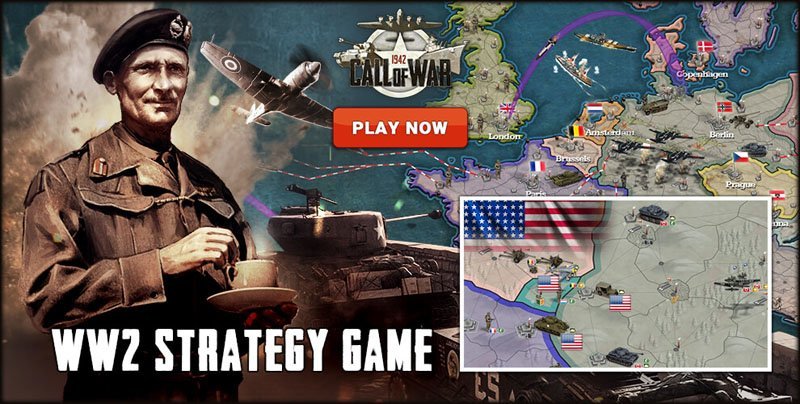

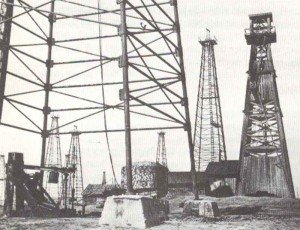
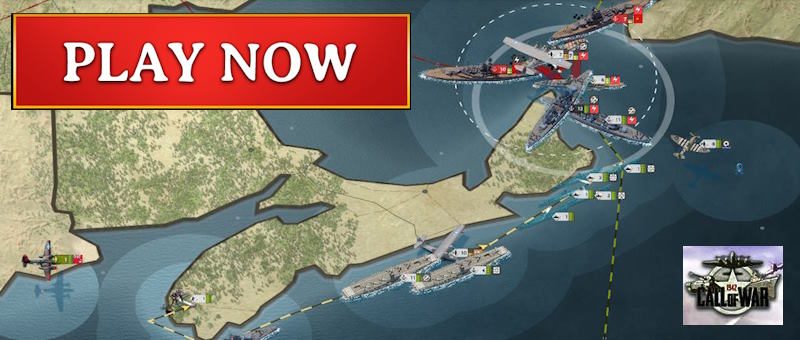
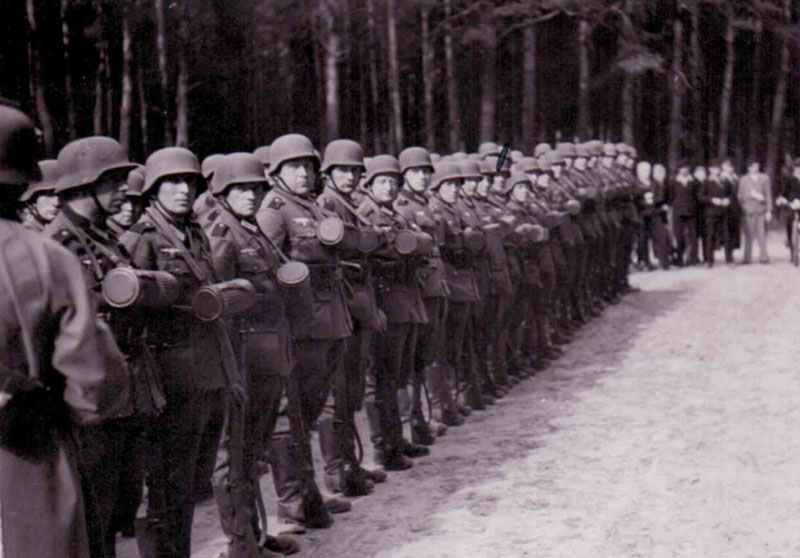
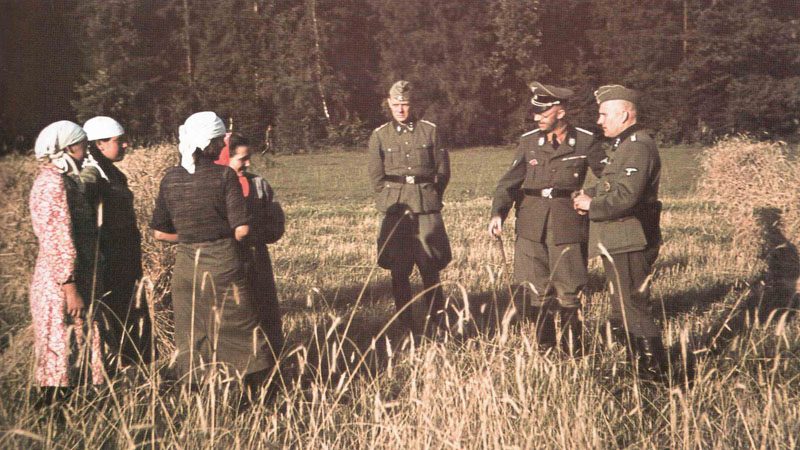
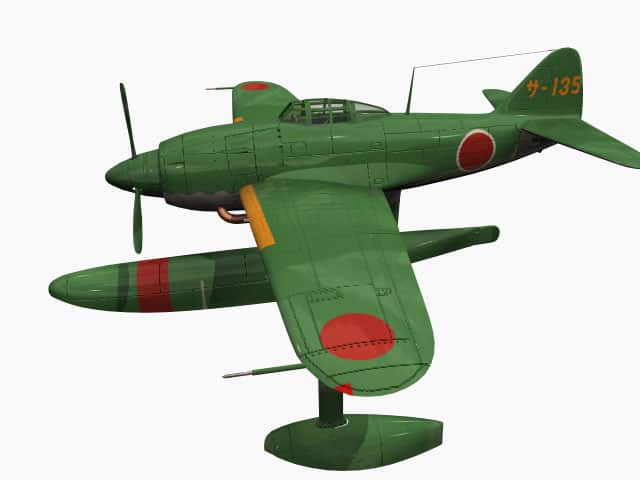
I’m thinking in bying the book where the statistics come from, but i have a doubt: Does this book also cover the lend lease help (not just in weapons but also in raw materials and food) the USA gave to the USSR? And along with that, does it show the DOMESTIC PRODUCTION of those things in the USSR? I’m trying to discern if Lend Lease was crucial, or was helpful but the war would have still been won without it…
About the question Could the Red Army have won the war alone?’ have a look here:
https://ww2-weapons.com/production-and-losses-of-tanks/
and Lend-Lease here:
https://ww2-weapons.com/lend-lease-tanks-and-aircrafts/
Hello Fernando, do you have the book title and author to hand?, thanks
I believe that you guys are drawing incorrect conclusions from this data. Drawing attention to the aviation petroleum, motor petroleum and diesel stockpile statistics. From 1941 on wards, there is a clear trend that Germany was eating into it’s oil stockpiles, and if you were to subtract the amount of captured oil (unsustainable acquisition of oil from then on wards), you will see a downward trend in oil stocks.
Although they may have still had SOME left over for a while, this was not going to last. On top of this, these reserves would likely have dwindled as time went on. Time Germany certainly did NOT have.
Hi. This data is VERY interesting. Well done collecting it! But i have a doubt: I had understanded that Germany faced an Oil crisis already in 1941, whith a deficit of 26% or so, which is why it invaded the USSR. Yet your figures of “Oil and Petroleum supply of Germany in the second world war” (i do not know its sources) show that there was never such a deficit. Is that true? What are your sources for that figures?
Most from World War II: A Statistical Survey: The Essential Facts and Figures for All the Combatants, the bookw hich I just have included below the headline ‘Strategic raw materials ‘.
I see. So in your view (or that of the book, at least), Germany did not had an oil deficit. That’s ground-breaking! almost all literature says Germany was running out of oil! I’m going to red the book. Seems interesting. Thanks for the answer.
There wasn’t any real breaking for the war effort because of oil shortage until the last stage of the war (bombing of the synthetic oil industry). Caucausus oil fields or build-up of synthetic oil industry after failing to capture it was enough for the German armed forces until it was bombed in mid-1944.
And following that line of thinking, do you believe Germany could win over the USSR in 1942? People think that by then (after 1941) it was doomed in the east. What do you think of this? Of course i’m not talking about germany defeating the USSR IN 1942. I’m asking if Germany, in 1942, in your view, could still eventually win in the eastern front, or if it was already doomed after the defeat in Moscow.
Speculation – open for discussion …
But at least in the case of the loss of the Oil fields in Caucasus, Stalingrad captured an hold by the Axis which would have cut Lend-Lease Supplies to Iran, everything could have be possible. Soviets were short of steel, oil, food an everything else at this time and much of it was delivered by the Western Allies during this time (see Arctic convoy ship loads).
But to defeat ore at least come to a truce with UK and US (with an Atomic bomb in 1945, even with German ‘Tabun’) is very questionable, isn’t it ?